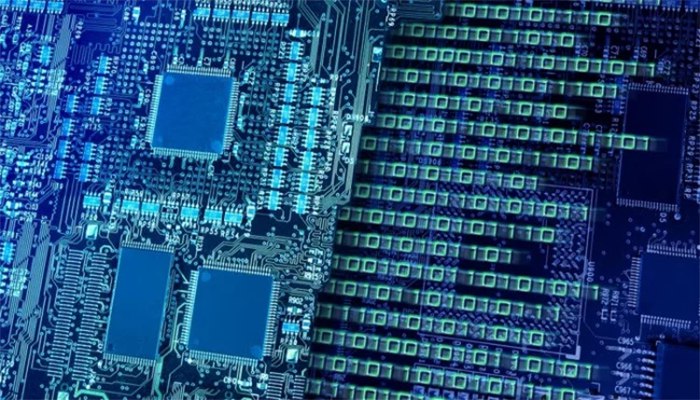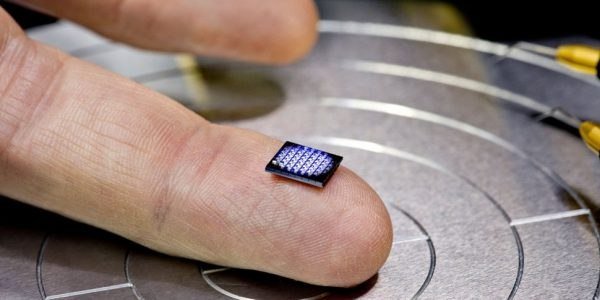5 technologies that will change the world in the next 5 years
Quantum computation
Today, quantum computing for researchers is rather a Playground, but in five years they will become a familiar reality for professionals working on problems that previously seemed unsolvable. Quantum computing will be developed everywhere in universities and even (to some extent) at the level of high school.
Already today, IBM researchers successfully modeled the atomic bond in beryllium hydride (BeH2), the most complex molecule ever modeled by a quantum computer. In the future, quantum computing will allow us to solve much more complex problems, and ultimately they will surpass everything we can do with classic machines.

Cryptography and blockchain
64 boards with two computers
More recently, IBM introduced a microchip the size of a salt granule and the cost of about 10 cents. In terms of computing power, it is comparable to computers of the 1990s. It supports blockchain technology and can serve as a data source for relevant applications.
In the near future, such tiny chips can be used as "cryptographic anchors" for tracking the supply of goods, food safety control, identification of genuine luxury goods and so on. Buyers themselves will be able to track the entire path of the goods from production to the time of sale.

Cryptography on lattices
To keep pace with the times and new technologies, IBM is developing encryption methods that can surpass all currently existing protocols. Many hopes are placed on postkantoor method of encryption called cryptography on lattices, that is, a complex algebraic structures.
It is almost impossible to crack such encryption, even the future quantum computers will not be able to do it, IBM representatives assure. That is why this technology can be used to protect the most valuable data from hacker attacks.
Microscopic robots with AI
The model of the microrobot
In the next five years, with the help of artificial intelligence and robotization, one of the most important problems of mankind — pollution of the world ocean-can be taken under control. It is planned to introduce a network of Autonomous microscopes signaling adverse effects.
We are talking about United in the cloud and deployed around the world the micro-robots that are able to monitor the behavior of plankton. Plankton is a biological sensor that characterizes the content of harmful substances in the seas and oceans. Data on the movement of plankton will allow much faster to determine the changes in the composition of water.

Unbiased artificial intelligence
To ensure that artificial intelligence bias does not soon become a real problem, IBM is already working on systems that can be trusted. First of all, it is AI trained on data free from racial, gender and ideological biases.
To this end, the company's researchers have developed a method of reducing bias, which can be used in a set of training materials AI. This approach will allow to create an objective system that will facilitate the spread of inequality, said the IBM researchers.
Release the Kraken! You got a 79.78% upvote from @seakraken courtesy of @goldsphex!